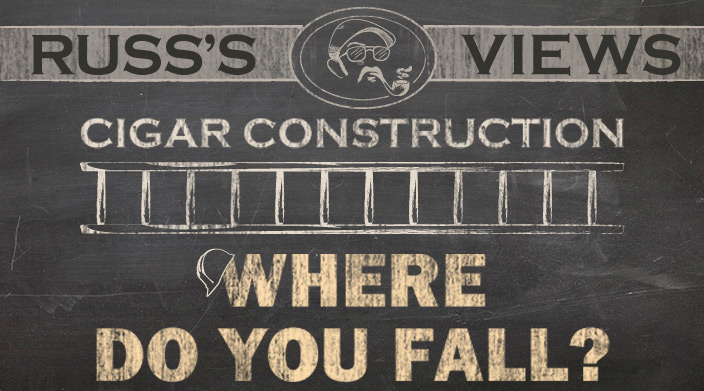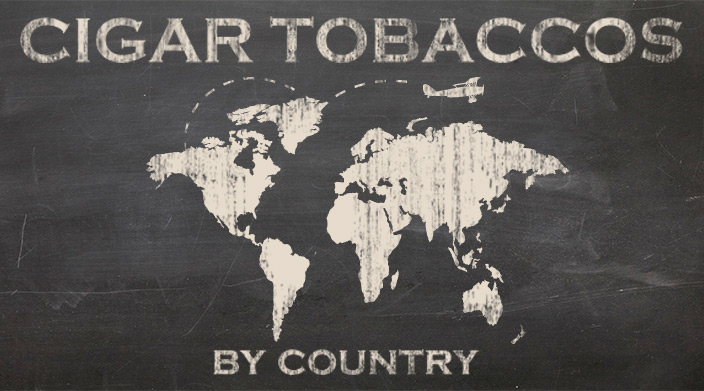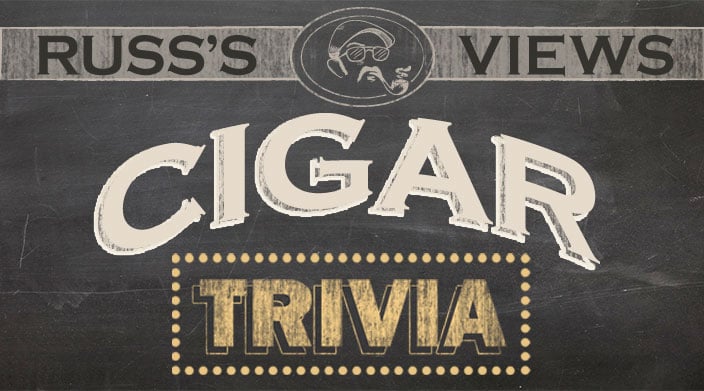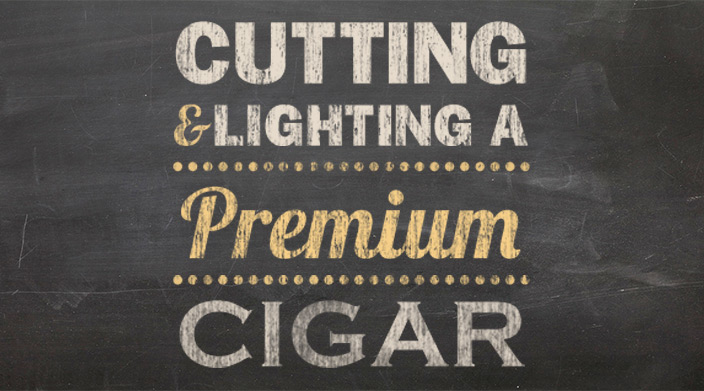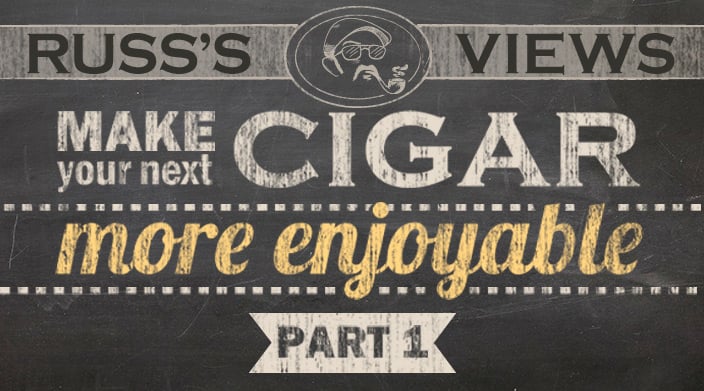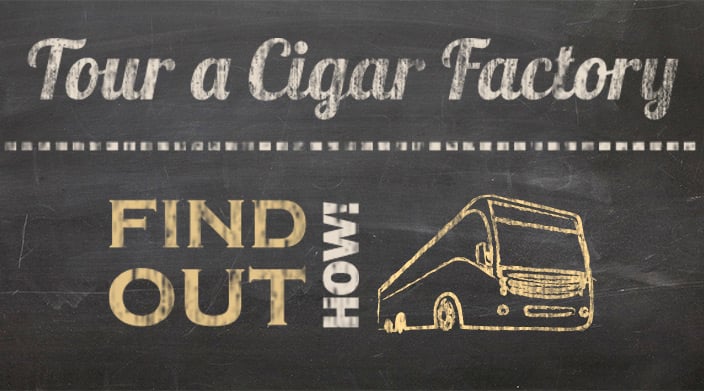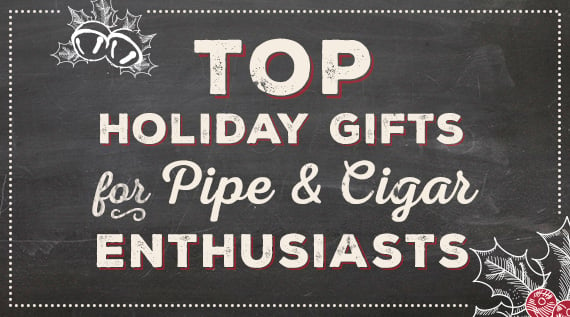Now that you’ve had a moment to shake the double-entendres out of your head because of the title of this article, please let me explain what this is about. When the hobbyist cigar smoker is looking at buying some sticks, there’s a lot to process. Strong or mellow? Natural or maduro? Spicy or sweet? What’s my budget this week? Am I smoking indoors by myself or outdoors with some friends? And these questions might just be the tip of the iceberg depending on how complex the purchaser’s thought processes are.
One element that seems to be an afterthought for most cigar smokers is the size of the cigar. When I first started smoking premium cigars (which was difficult, as fire hadn’t been invented) I believed that choosing the size of the cigar was just a matter of personal preference based on what was comfortable. So for the first five or six years that I enjoyed lighting up a hand-rolled cigar, just about everything I bought was either a corona or Lonsdale or maybe a cazadore or palma. This kept me in the fairly comfortable 42-46 ring gauge area, and a length of about five to six and a half inches. Little did I know that I was depriving myself of some very interesting and subtle nuances by limiting my choices by doing so.
Of course, back in the seventies, anything over 49 ring gauge was considered some kind of novelty, so the choices in large cigars ran from about 38 (panatela) through 47-48 (Churchill). With a relatively narrow range like that, it was hard to detect much of a difference. But one day I had my eyes opened when a manufacturer’s rep brought in samples of a new line. He handed me a panatela which I lit up immediately, and smoked while he extolled the virtues of his new cigar. I thought that the cigar was nice enough, but it was unbalanced. The strength of the wrapper (it was a Nicaraguan) was too much for the filler blend, and though I liked the overall flavor profile, I found the overall experience lacking, and I told the rep how I felt. He smiled and said, “I’m actually glad you said that” as he pulled out a different size in the same series- a 50 ring Rothschild. “Give this a try”, he said I took the chunky stick from him. The difference was night and day. Whereas the panatela was rather one-note and in-your-face, the Rothschild was balanced, complex and overall a far more enjoyable smoke than its skinnier sibling.
I asked the rep why there was such a difference. I had foolishly assumed that when a smaller ring version of a cigar was being made, they just cut the filler into thinner pieces, keeping the blend the same. He informed me that in some cases they would eliminate a leaf entirely and that in a thicker smoke they may add an additional piece of a different type, based on what the blender wanted to accomplish.
Then came a revelation, which wouldn’t have been such an epiphany if I used a little thought. The smaller the ring gauge of a cigar, the more influence the wrapper has on the flavor. It doesn’t take a math wizard to figure that out; all you have to do to understand the principle is to look at two different ring gauge vitolas to get the idea. And when the cigar has a particularly flavorful capa, the impact is even more pronounced.
This can be a very valuable piece of information. Suppose you just tried one of the new Don Schlemiel cigars in a 42 ring corona shape, and found that the taste was too peppery. The Don Schlemiel has a Nicaraguan Rosado Habano wrapper that is known for having a lot of spice, so using our newfound logic, you try it in a 50 ring toro and the pepper is toned down enough to make it enjoyable. Carrying it a step further, you try the Don Schlemiel Godzilla, a 60 ring gordo, and you find it to be the best smoke you’ve ever had, because everything is in perfect balance for your palate. So when you find a cigar that has flavor elements that you find pleasing but is not quite what you’re looking for, you might want to try a different diameter.
Now that we’ve touched on the effect that the girth has, what about the length? Yes, the length will change a smoke in more than just smoking time. Remember that to some degree the filler of a cigar acts as a filter of sorts for the smoke being drawn through it. For that reason, the last three inches of a toro will taste different than the last three inches of a robusto, even if the blend is the same. As the particulate matter of the smoke travels up the length of a stogie, some of it will adhere to the filler, so the resultant smoke generated later on will be much more powerful. Some companies became more aware of this concept and started putting a bit more ligero in the foot of some of the shorter vitolas so they have a similar “kick” to their longer cousins.
Now that I’ve covered the impact of thickness and length on the smoking qualities of a cigar, I should mention how the size of the opening after cutting affects the smoke. First, a basic principle- thinner cigars smoke hotter. Another principle- the bigger the difference between the ring gauge and the opening cut by the smoker, the greater the potential for heat issues. So, right off the bat, never put a small hole in the cap of a chunky cigar. A few years ago, the Gran Habano Imperiale #5 took our store by storm. It’s a 60 ring gordo with a beautifully oily Habano wrapper with a lot of body without too much spice. I really enjoy them, and had smoked them on and off since they were introduced. I always used a double guillotine to cut them, and loved how well mannered the cigars were, right down to the nub. This day, I didn’t have my cutter, so I used a nine millimeter punch. Bad move. When I got within an inch of the band, the smoke had become so hot that I couldn’t enjoy the cigar any longer. So when you are puffing on those gordos, make sure that the cut is big enough.
So, the next time someone tells you that size doesn’t matter…





